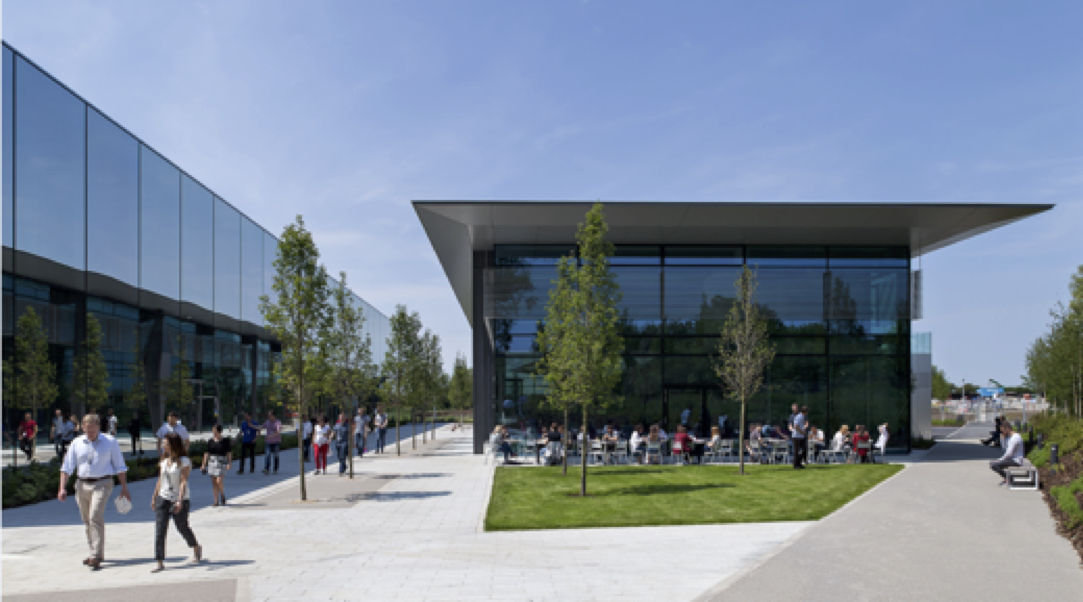
Located close to the company’s headquarters in Malmesbury, the new facility will represent a tenfold increase in Dyson’s UK footprint.
Company founder James Dyson said, “After 25 years of UK growth, and continuing expansion globally, we are fast outgrowing our Malmesbury Campus. The 517-acre Hullavington Campus is an investment for our future. It will enable us to continue creating world class products and jobs right here in the Cotswolds”.
The company – best known for its domestic appliances - has committed £2.5bn to future technologies and spends £7m a week on R&D activities. The new campus, to be built on the site of a former RAF base, is expected to become a global hub for future research and development efforts at Dyson, which is the UK’s largest investor in robotics. The company is also realising plans to develop solid-state battery cells, vision systems, machine learning, and AI.
Yesterday’s announcement follows the recent opening of Dyson’s Singapore Technology Centre, where engineering teams will develop new technologies and tools for future connected homes.
Back in Malmesbury, Dyson is investing £250m into facilities, including the Dyson Institute of Engineering and Technology. Set to open in September, the new institute will apply for degree awarding powers, allowing it to become a new university. The program will combine academic learning with hands-on experience alongside Dyson’s engineering team on the Malmesbury campus.
James Dyson said: “The UK’s skills shortage is holding Dyson back as we look to increase the amount of technology we develop and export from the UK. We are taking matters into our own hands. The new degree course offers academic theory, a real-world job and salary, and access to experts in their field.”
Site preparations for phase-one of the Hullavington Campus begin early March and restoration of the WW2 hangars will begin in May for occupation from the end of the year.





JLR teams with Allye Energy on portable battery storage
This illustrates the lengths required to operate electric vehicles in some circumstances. It is just as well few electric Range Rovers will go off...